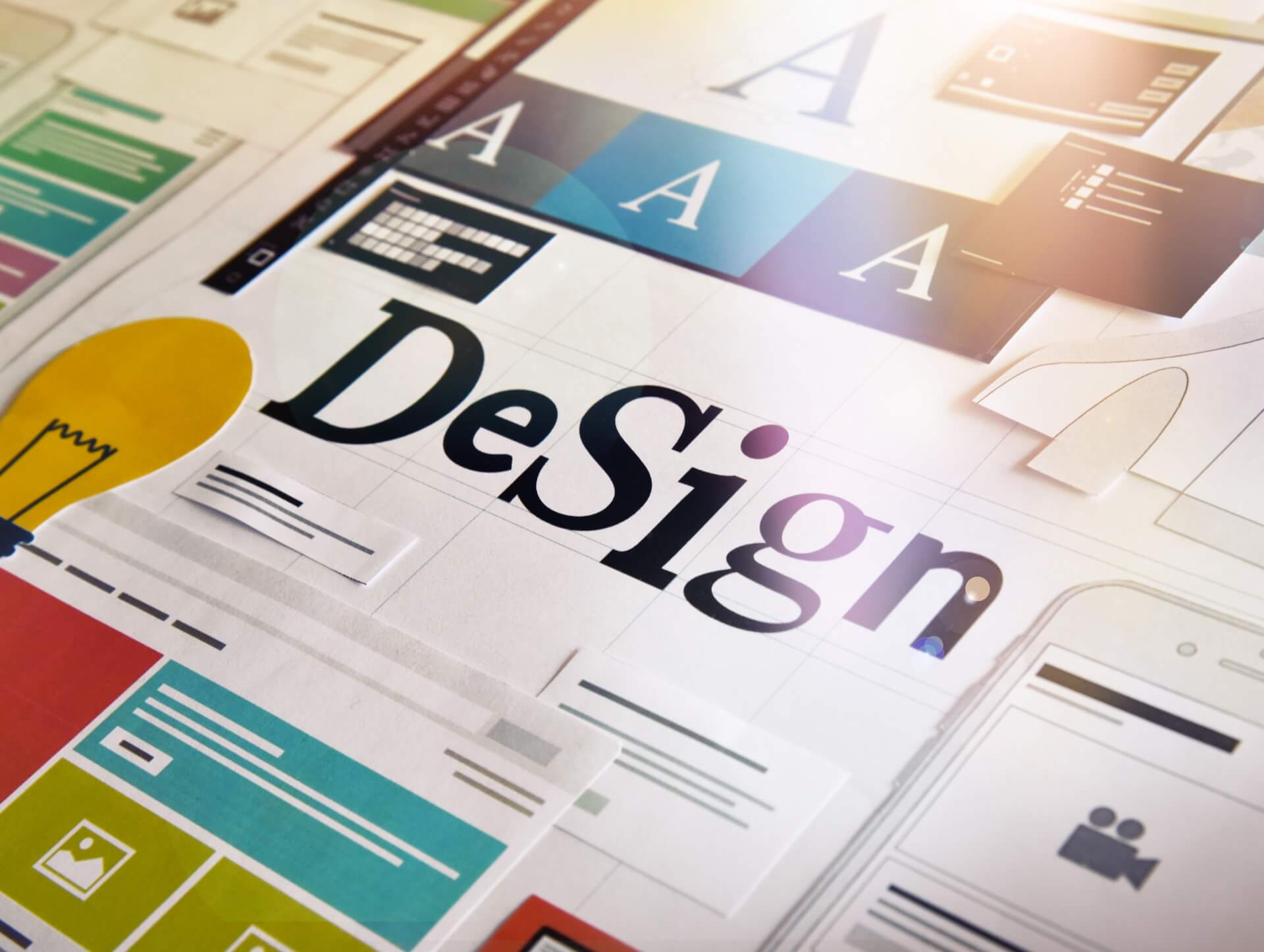The impact of design systems on design collaboration

06/09/2023
In the world of graphic design, collaboration is key. Designers often work in teams, alongside clients, or with other stakeholders to create visually appealing and effective designs. However, with multiple people involved in the design process, it can be challenging to maintain brand consistency, streamline workflows, and ensure effective communication.
This is where design systems come into play. A design system is a collection of reusable components, guidelines, and assets that help designers create cohesive and consistent designs. They provide a framework for collaboration, enabling designers to work more efficiently and produce high-quality designs that align with the brand's visual identity.
The Benefits of Design Systems for Design Collaboration
Design systems offer several benefits that enhance design collaboration. Let's explore some of the most significant advantages:
1. Brand Consistency
One of the primary benefits of design systems is that they promote brand consistency. By providing a set of predefined design elements, such as color palettes, typography, and layout grids, design systems ensure that all designs adhere to the brand's visual identity. This consistency is crucial for establishing brand recognition and building trust with the target audience.
2. Streamlined Workflows
Design systems also streamline workflows by providing a centralized source of truth for design assets. Designers can access and reuse components and templates, eliminating the need to recreate elements from scratch. This saves time and effort, allowing designers to focus on more creative aspects of the design process.
3. Effective Communication
Effective communication is essential for successful design collaboration. Design systems act as a common language between designers, clients, and other stakeholders, ensuring everyone is on the same page. By providing clear guidelines and documentation, design systems facilitate communication and minimize misunderstandings.
4. Scalability
Design systems are highly scalable, making them ideal for organizations that require ongoing design support. As the brand evolves and expands, the design system can adapt and grow to accommodate new design needs. This scalability ensures that designs remain consistent and cohesive even as the brand evolves over time.
Implementing a Design System for Effective Collaboration
Implementing a design system requires careful planning and collaboration between designers, stakeholders, and other relevant parties. Here are some key steps to consider:
1. Define Brand Identity
Before creating a design system, it's crucial to have a clear understanding of the brand's identity. This includes defining the brand's values, target audience, and visual identity elements such as logo, color palette, and typography. By establishing a strong brand identity, the design system can effectively communicate the brand's essence through design.
2. Create Design Guidelines
The next step is to create design guidelines that outline the rules and principles of the design system. This includes guidelines for color usage, typography, layout, and any other design elements relevant to the brand. Design guidelines ensure that all designers involved in the collaboration are aligned and understand how to create designs that adhere to the brand's visual identity.
3. Develop Design Components
Design components are the building blocks of a design system. They include reusable elements such as buttons, icons, and cards that can be combined to create consistent designs. Designers should collaborate to develop these components, ensuring that they are versatile, scalable, and reflect the brand's visual identity.
4. Provide Documentation and Training
Once the design system is in place, it's essential to provide clear documentation and training to all designers and stakeholders involved. This documentation should include guidelines for using the design components, as well as any specific instructions or best practices. Training sessions can also be conducted to ensure that everyone understands how to effectively collaborate using the design system.
Case Study: The Impact of Design Systems on a Design Partnership
To illustrate the impact of design systems on design collaboration, let's consider a case study of a design partnership between a graphic design agency and a client:
Client Background
The client is a startup in the technology industry, looking to establish a strong brand identity and create various design assets for their marketing campaigns.
Design Agency Approach
The design agency, known for its expertise in brand identity design, proposed a design partnership with the client. As part of the partnership, the design agency offered ongoing design services, including monthly design retainers and dedicated designer access.
Design System Implementation
To ensure effective collaboration and maintain brand consistency, the design agency implemented a design system tailored to the client's visual identity. The design system included predefined color palettes, typography styles, and design templates that could be customized for various marketing materials.
Collaborative Workflow
With the design system in place, the design agency and the client collaborated seamlessly. The client could easily communicate their design requirements, and the design agency could quickly create design assets that aligned with the brand's visual identity. The design system acted as a foundation for creative collaboration, ensuring that all designs were consistent and visually appealing.
Conclusion
The impact of design systems on design collaboration cannot be overstated. Design systems promote brand consistency, streamline workflows, enable effective communication, and facilitate scalability. By implementing a design system, designers and stakeholders can collaborate more efficiently, resulting in visually appealing and effective designs that align with the brand's visual identity.
Design systems are a valuable tool for any organization that requires ongoing design support. They provide a framework for collaboration, ensuring that all designs adhere to the brand's visual identity and maintain consistency across various touchpoints. Whether it's a design agency-client partnership or an in-house design team, design systems enhance creativity, efficiency, and overall design collaboration.
Contact us

Spanning 8 cities worldwide and with partners in 100 more, we’re your local yet global agency.
Fancy a coffee, virtual or physical? It’s on us – let’s connect!

